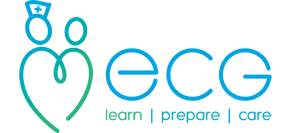In the world the UK is in the top three countries for the highest incident of allergy. An estimated 21.3 million of adults (33%) in the UK suffer from at least one allergy. Each year the number of allergy sufferers increased by 5%, half of these being children.

Approximately 20 people are reported to die in the UK every year from Anaphylaxis. For those people who are at risk of a severe allergic reaction, over 200,000 of those are prescribed adrenaline.
Anaphylaxis is a severe, life-threatening, generalised or systemic hypersensitivity reaction. Anaphylaxis can be triggered by a whole range of triggers such as food, stings and medications. However, in many cases no trigger is ever identified.
Anaphylaxis occurs suddenly with rapid progression. It is usually combined with airway, breathing and/or circulatory compromise, alongside skin and/or mucosal changes. This systemic response happens when mast cells, which are found in the bone marrow, detect an incoming antigen and in turn flood the body with histamine causing vasodilation and bronchoconstriction.

First line treatment for anaphylaxis is adrenaline. Although no concrete evidence has been found to prove its efficacy, adrenaline is an alpha receptor agonist which reverses peripheral vasodilation and oedema. Its beta-receptor activity dilates the bronchial airways, increasing the force of myocardial contraction, whilst simultaneously suppressing the release of histamine.
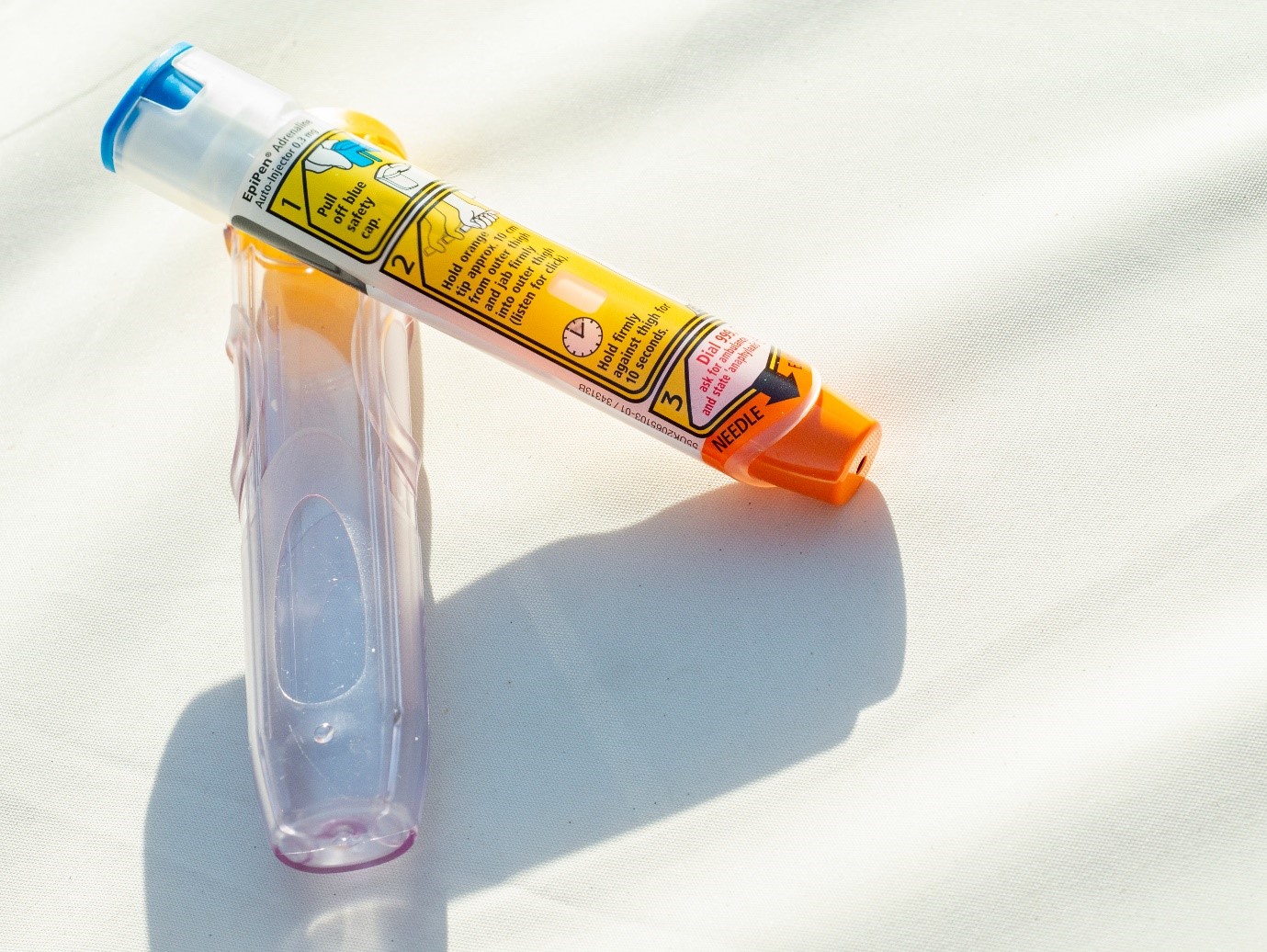
Adrenaline is extremely important in the treatment of anaphylaxis, other drugs such as chlorphenamine and hydrocortisone can be given, however; adrenaline is the only drug that when given acts rapidly to reverse the effects of histamine release. The other named drugs can be given alongside adrenaline but remain a second line treatment.
The administration of adrenaline is most effective when given rapidly after the onset of the reaction. Adrenaline comes in different forms; glass ampoules and auto-injectors.
To deliver adrenaline via an auto-injector you do not have to be a health care professional to administer the drug and it is easily given through the patients clothing into the anterolateral aspect of the middle third of the thigh muscle. If delivering adrenaline from a glass ampoule it will be administered into the muscle (IM) using a 1ml syringe. Most patients will need a second dose of adrenaline which can be given 5 minutes after the first.
There are three auto injectors currently on the market:
- Jext
- Epi-Pen
- Emerade
Epi-pen and Jext is available in 300mcg and 150mcg doses, whereas the Emerade is available in 500mcg, 300mcg and 150mcg doses.
The British National Formulary (BNF) state the following doses should be adhered to:
- Child <6 years: 150mcg
- Child 6-11 years: 300mcg
- Child >12 years: 500mcg
- Adult: 500mcg
Side effects of adrenaline include; tremors, tachycardia, anxiety, palpitations, headache and dizziness amongst others, but these are transient, and the benefits of adrenaline far outweigh the risks of any side effects that may occur. While there needs to be some caution adhered to when administering adrenaline with patients who have certain conditions such as coronary artery disease, there is no absolute contraindication for the use of adrenaline in an emergency setting.
999 should always be called for patients with anaphylaxis, and once adrenaline has been administered, the patient should be transferred to a hospital environment equipped with facilities able to treat life threatening ABC problems, where they will be observed for a minimum of 6 hours to check for any biphasic reaction.
Upon discharge they will be reviewed by a senior clinician and considered for a prescription for an auto-injector and/or steroids/antihistamine.
Anaphylaxis training is available through us, with Basic Life Support Training being recommended as an effective addition.
Written by Kaitee (Freelance Clinical Trainer), Monday 10th June 2019

